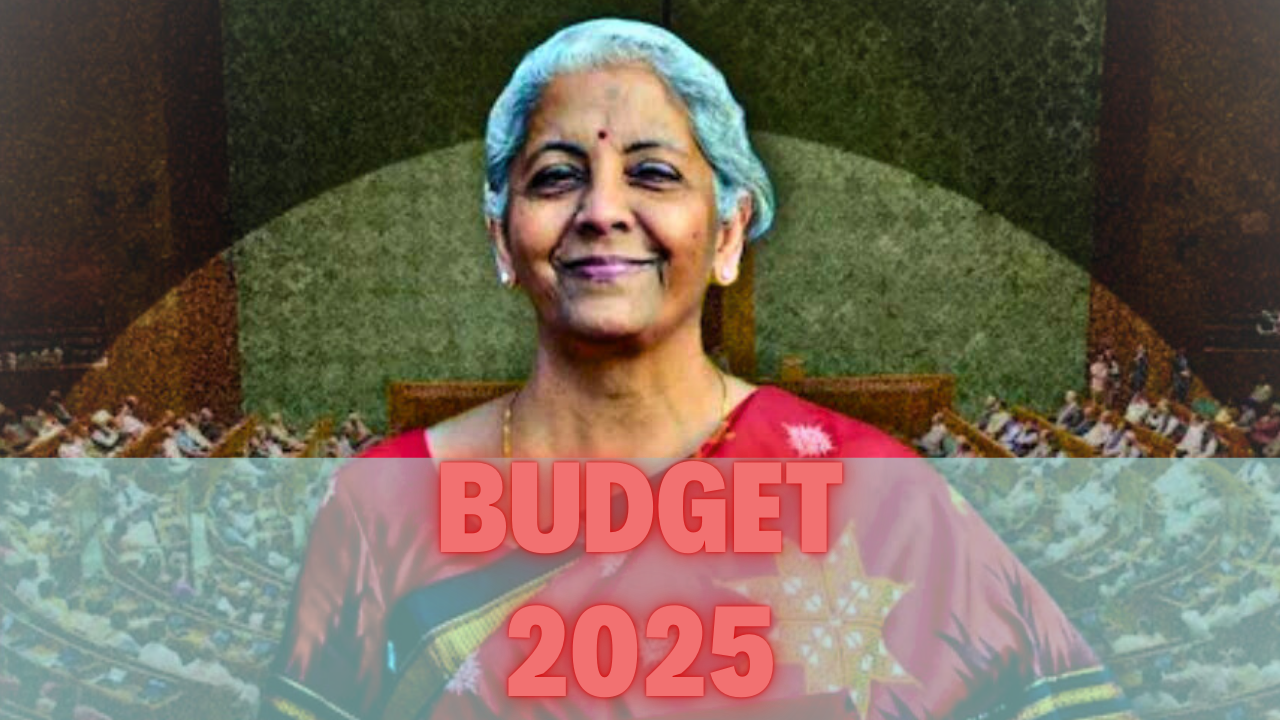Personal Income Tax Reforms:
Higher Tax-Free Income Limit: People now don’t have to pay income tax if they earn up to ₹1.28 million (about $14,800), up from the previous limit of ₹700,000. This aims to help the middle class save more and spend more.e
Agricultural Initiatives:
Better Crops for Farmers: A national program will support 17 million farmers by providing better seeds and easier access to low-cost loans to increase crop production.
Pulse and Cotton Support: The government has started a six-year plan to grow more pulses and cotton, reducing the need for imports. It will also buy certain pulses at fixed prices to help farmers.
Support for Small Businesses (MSMEs):
- Easier Loans: Small businesses can now get loans to buy machinery and equipment without needing collateral or a guarantor.
- Tech Upgrade: A new program will help small businesses adopt better technology to stay competitive and innovative.
Infrastructure and Urban Development:
- More Funds for Roads & Railways: ₹11.1 trillion is set aside for building and improving roads, highways, and railways—a 16.9% increase from last year.
- City Development: ₹11 lakh crore will go toward improving 14 cities, with a focus on better public transport and modern urban facilities.
Energy and Sustainability:
- Green Energy Boost: The government is investing in solar and wind energy to improve energy security and promote sustainability.
Jobs & Social Welfare:
- Skill Development: A ₹2 lakh crore program will train 4.1 crore young people in vocational and business skills over five years.
- Rural Jobs: ₹860 billion will continue funding MGNREGA, ensuring at least 100 days of guaranteed work at fair wages for rural workers.
